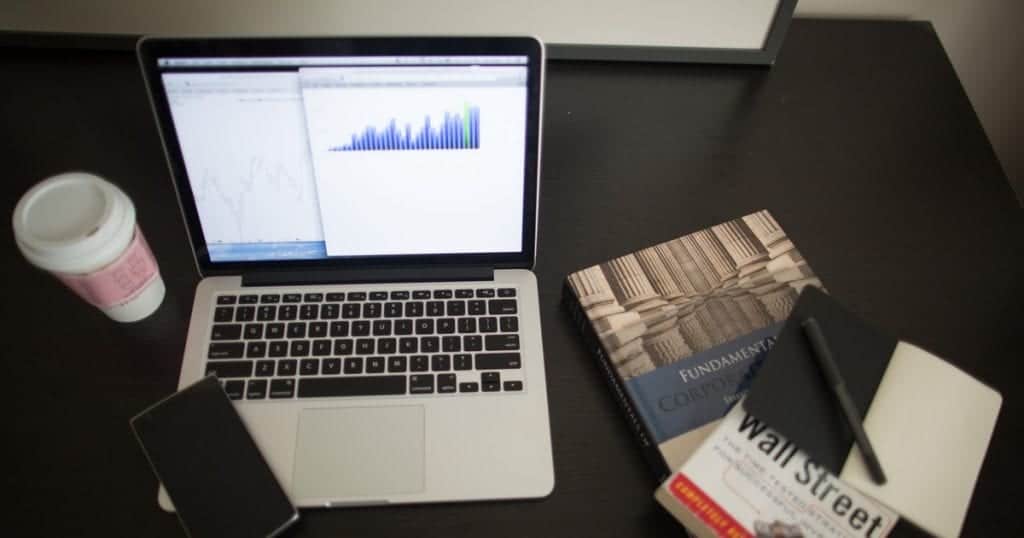
A Little is Never Enough
In this case a Little is Never Enough, Bigger is Better.
“How much money do I need to start trading the stock market?” is generally the first question asked by new stock traders.
There is a common misconception that you can start trading with a small account to ‘test the waters’. If you have $100,000 and you start by allocating only $5,000 or $10,000 to trading the stock market then a better strategy would be to give your money to charity. You’ll feel better about yourself and it will cause a lot less stress.
In my opinion $5000 is not enough for the simple reason that commission drag will decay the account quickly. Also, if you are considering purchasing a strategy then you must take into account the initial purchase price, ongoing access fees as well as brokerage.
Here’s a real time example.
Recently I received a call from a friend who was interested in purchasing a high end trading strategy. As he’d never traded before and large sums of money were involved he wanted me to take a closer look. I gave the vendor a call to get further information. In summary:
Recommended account size: $50,000
Required platform: CFDs (strategy trades long and short)
Average CFD commission: $10
Number of trades per annum: 300 round turns (600 trades)
Assume,
Subscription cost: $2,400 per annum
Commission cost: $6,000 per annum
Funding cost: unknown
Slippage cost: unknown
Therefore,
Annual return required to breakeven: 16.8% + unknowns.
Funding costs could be as much as $2,000 and slippage could be similar, so the 16.8% is reasonably conservative.
Here we have a complete novice who needs to make a conservative minimum return of 16.8% just to breakeven. Is this possible? Of course anything is possible. But it’s not probable and therefore considered an extremely risky venture.
It is your responsibility to keep the drag on your account as low as possible. It’s one of the only things you can control in this business. Ideally commission drag should be less than 5% in order to maximise your return. The lower the drag the better.
Tips:
→ Trading longer term (i.e. holding stocks for longer) will lower trade frequency and therefore lower commission drag.
→ If your drag is over 5%, either add capital or wait until more capital is available. Save some more money and in the interim learn a little more about what kind of trading you wish to do or test the strategy by paper trading.
→ Change broker if needed to get access to cheaper brokerage.
→ If you want to trade short term,
(a) investigate deep discount brokers
(b) consider trading US shares at a fraction of the cost of trading, for example, Australian shares.
(c) investigate strategies such as The Chartist’s ASX Momentum strategy that offers minimal trades but in highly liquid ASX-100 stocks
A few things to consider:
– learn a little more. There is plenty of free stuff out there.
– don’t spend a lot of money. You’ve read about expectancy in both the books – that’s the key. Now it’s about ensuring you have a trading plan in place that gives you the best chance of becoming profitable.


